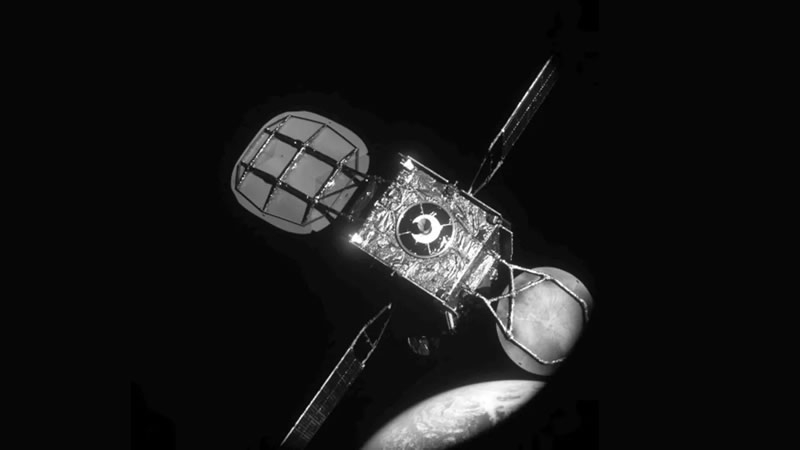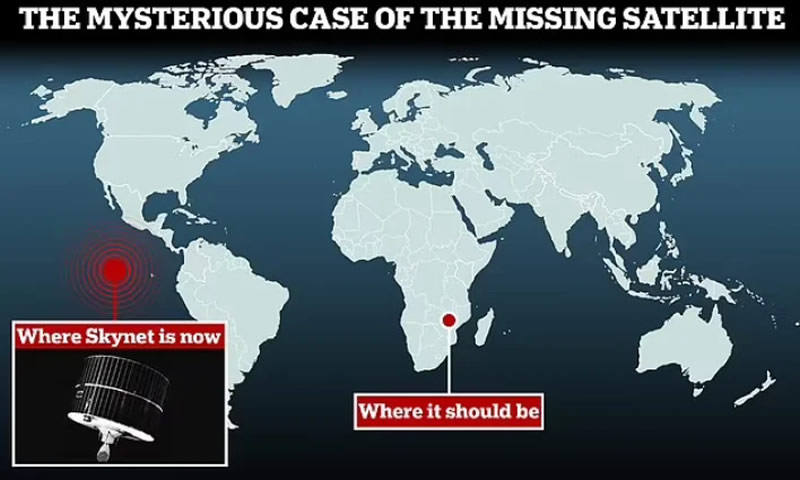The UK’s oldest satellite, Skynet-1A, has changed its orbit for an unknown reason and now poses a threat of collision with other objects in space, which experts say could lead to disaster. After the end of the operating period, natural gravitational forces should have directed the satellite towards the Earth for flooding in the waters of the Indian Ocean, but this did not happen.

Image source: bbc.com
Skynet-1A was launched into Earth orbit in 1969. It was originally located over Africa and provided secure voice, telegraph and fax communications for British troops and ships based in the Middle East. According to HotHardware, the currently inoperative satellite is far from its intended course. “It is now in what is called a gravity well at 105 degrees west longitude, moving back and forth like a ball at the bottom of a bowl,” explains Dr Stuart Eves, a space scientist. “And, unfortunately, this regularly leads to the risk of collision with other satellites.”
Eves and other experts are concerned that Skynet-1A is approaching space debris within a 50 km radius up to four times a day, and its uncontrolled movement could lead to thousands of pieces of debris in orbit. “Because it is not controlled, there is a risk of collision, and since it is our satellite, we are still responsible for it,” says Eves.

Image source: hoothardware.com
The history of Skynet-1A began in the USA, where it was built by the aerospace company Philco Ford. The satellite was launched into low Earth orbit by a US Air Force Delta rocket in 1969, and after a short testing period was transferred to the Royal Air Force. However, after its active use ended, it is unclear to whom control of the device was transferred.
Some experts believe that control could return to the American side, although there is no exact data. Graham Davison, who operated Skynet-1A from the RAF Oakhanger Operations Center in Hampshire in the early 1970s, recalls: “The Americans were in control initially, but then the satellite was handed over to the British side. When or why he could have been returned to the United States, I can no longer remember.”
The United States retained final control of the satellite after the Oakhanger Center lost the ability to track it in June 1977, officials said. It was then, presumably, that the satellite was simply abandoned by both the US Air Force and the Royal Air Force.
Space debris expert Moriba Jah of the University of Texas at Austin summed up the current state of Skynet-1A: “Space debris is like a time bomb. We need to avoid what I call super spreaders. When these objects explode or collide with something, they generate thousands of fragments, which then become a threat to operational satellites and other spacecraft.”